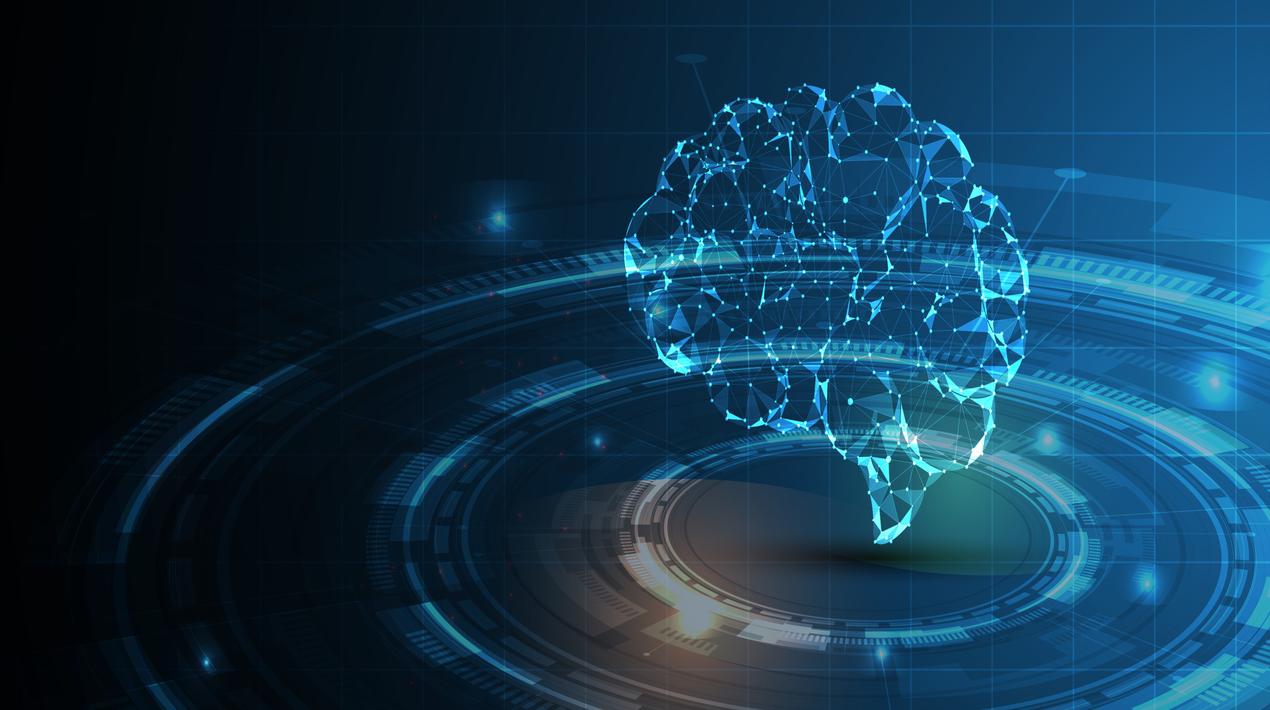Are you looking to dive deeper into the world of machine learning? If so, then understanding the concept of learning rate is a must! The learning rate plays a crucial role in determining how quickly and effectively an algorithm can learn from data. In this blog post, we will break down what the learning rate is and its impact on your machine-learning models. So get ready to boost your knowledge and take your ML skills to the next level!
What is the learning rate in machine learning?
In machine learning, the learning rate is a parameter that determines how quickly the algorithm updates its predictions. It’s usually set to a relatively high value, in order to ensure that the model is able to improve quickly. However, too high a learning rate can actually lead to over-fitting, and may not be necessary in some cases.
How it affects the performance of a model?
In machine learning, the “learning rate” is a parameter that affects the performance of a model. A high learning rate makes the model learn rapidly but may result in over-fitting the data. A low learning rate may result in less rapid learning but may produce more accurate models.
Types of learning rates
There are several types of learning rates that you can use it in machine learning. The most common is the “linear” learning rate, which is a constant factor that affects the speed at which a model learns. Other types of learning rates include the “best-fit” and “ gradient descent” rates.
How to choose the right learning rate for your model?
There are many factors to take into account when choosing a learning rate for your model. The learning rate is the amount of change in the parameters of your model per unit of time. It affects how quickly the parameters adapt to changes in the data. A high learning rate will allow the parameters to adjust more rapidly, while a low learning rate will slow down the adaptation process. There are several factors you should consider when choosing a learning rate:
1) The type of data you’re trying to learn from. There are different types of data that require different rates of adaptation. For example, if you’re trying to learn a function on numerical data, a high learning rate will be necessary because there is usually a lot of variation in the data. If you’re trying to learn a function on handwritten digit data, however, a low learning rate may be more appropriate because there is less variation.
2) The complexity of your model. Models with more complex rules need more time to adapt than models with simpler rules.
3) The size of your training set. More training samples mean that the parameters will adapt faster, but also means that more mistakes will be made during parameter tuning (since smaller errors will be ignored).
4) How fast you want your model to converge (i.e., how close it should get to be perfect). A slower convergence speed allows for greater flexibility in parameter tuning; however, it may also lead to longer training times and greater uncertainty about whether or not the model has actually learned anything.
5) How important it is to get the parameters exactly right. If getting the parameters exactly right is not important, then a faster convergence speed may be preferable. However, if getting the parameters right is very important, then a slower convergence speed may be better because it will allow for more accurate predictions.
Conclusion
In machine learning, the “learning rate” is a key parameter that specifies how much the model should change (progressively update) its parameters in response to each new input. The higher the learning rate, the more rapidly the model will update its parameters; conversely, a low learning rate will slow down the updating process.





